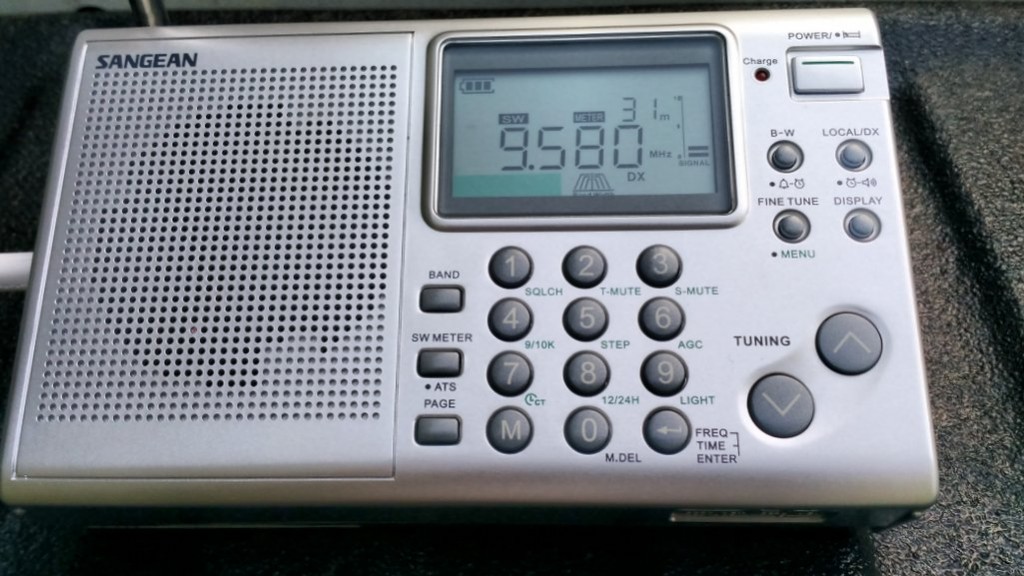In response to our review of the Sangean ATS-405–which noted DSP noises on 800 and 1600 kHz–SWLing Post reader, Steve Yothment, comments:
“Yes, modern radios usually have a micro communicating with the DSP IC through I2C communications.
The inter-IC communications includes a clock and data line. The clock for I2C is typically 400 kHz nowadays. Harmonics from this clock line are probably the source of the interference.
The manufacturer should have designed the product to ensure that this interference does not occur. It may be that they resolved it at one time but with limited manufacturing quality and component substitutions that often occur in mass production, the problem is occurring now even though it may have looked OK earlier in development. At least, that is my experience with such things. (I used to design car radios for the Panasonic Company.)
You can learn more about the I2C bus at https://en.wikipedia.org/wiki/I%C2%B2C.
Many thanks for your comments, Steve! I recall a similar metronomic sound on another DSP-based radio, but can’t remember which model. I need to dig through my reviews as I’m sure I noted this. I believe checking 400, 800 and 1600 kHz will become a standard checklist item when I review DSP-based radios.


Day in and day out, there is always a useful nugget of information here at swling.com. This is a valuable tip about DSP noise. Thanks for reporting Steve & for posting Thomas.
Day in and day out, there is always a useful nugget of information at here at swling.com. This is a valuable tip about DSP noise. Thanks for reporting Steve & for posting Thomas.
I have internal noise at 1440 kHz (and some other ones I think) on my Panasonic RF-B60DL which is unfortunate since it’s otherwise a very nice radio. If I press the clock/frequency switch I can hear a beep in the noise.